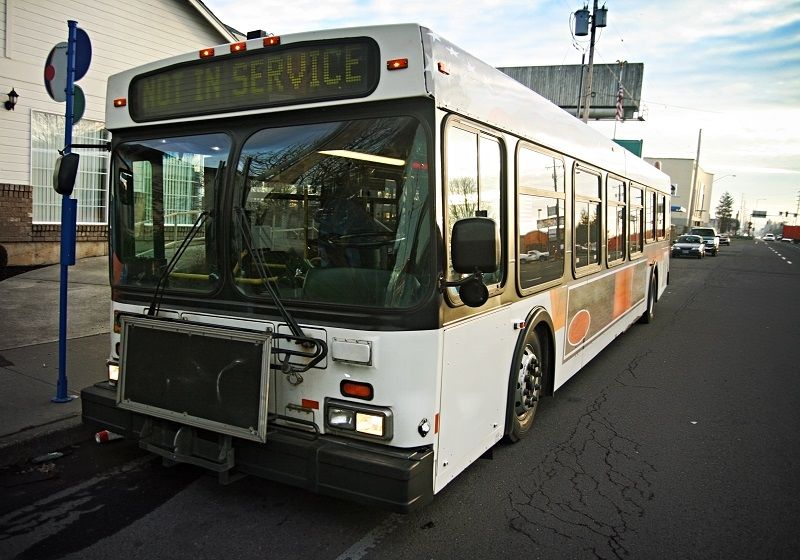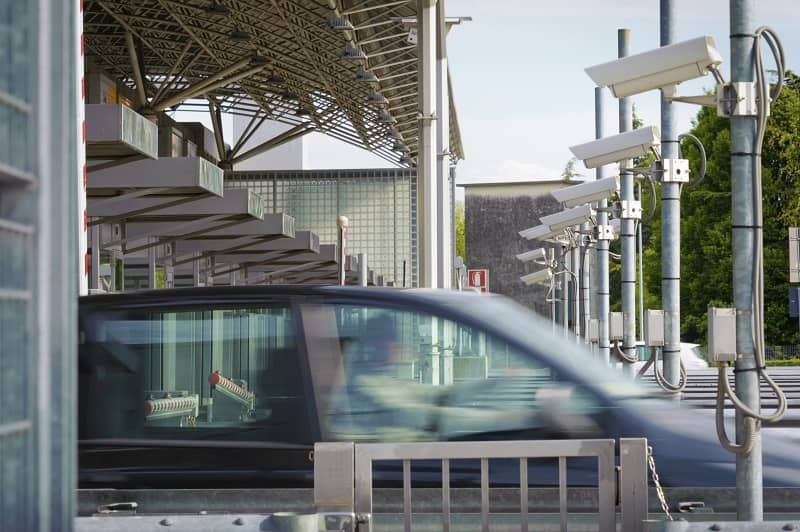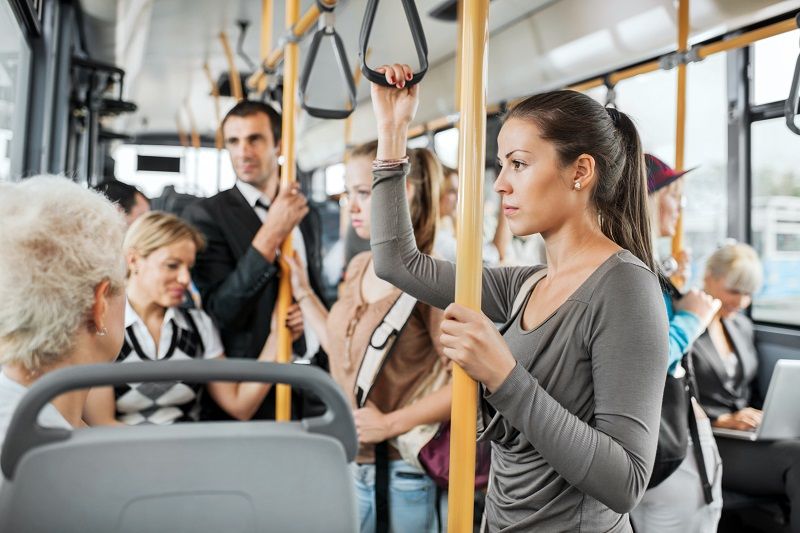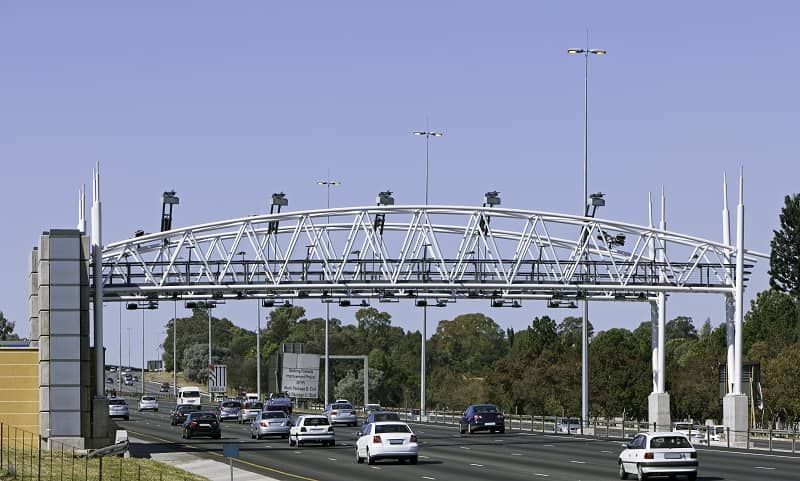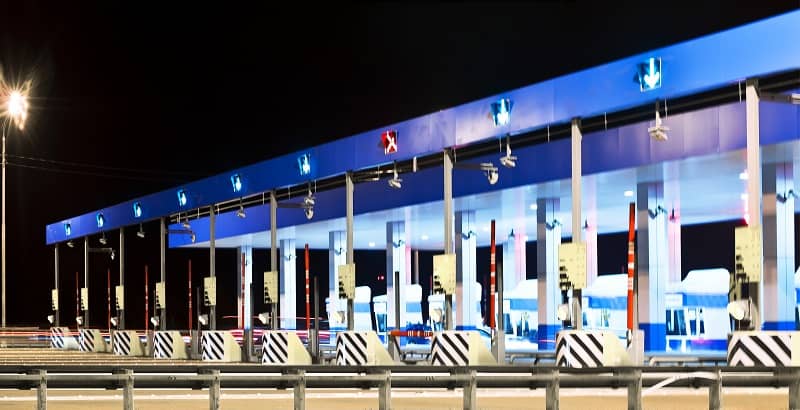A Proposal for a Pilot Project
By Eric Fruits, Ph.D.
Summary and recommendation
This report recommends TriMet pursue a one-year pilot project that replaces one or more of its high-cost bus lines with ride hailing services supported by a subsidy funded with the cost savings from eliminating the high-cost bus line.
- A subsidy covering 75 percent of the fare to eligible riders would be straightforward and relatively easy to understand, implement, and use.
- TriMet bus lines 97 (Tualatin-Sherwood Rd) and 63 (Washington Park/Arlington Hts) would be reasonable candidates for the pilot project. These lines provide the best combination of lower user costs and cost savings to TriMet.
- The average rider’s cost would be slightly lower than current TriMet fares. Because the customer is paying a portion of the fare, riders would be more likely to weigh the benefits and costs of using the ride hail service as a connection to the TriMet system (first mile/last mile, a complement to TriMet service) versus door-to-door (a substitute for TriMet service).
- The cost of the 75 percent subsidy on lines 97 and 63 would be approximately 55 percent lower than the current costs of operating the high-cost bus lines.
Each of the bus lines identified in this report intersects with other bus, MAX, and WES stops or overlaps TriMet transit centers. Uber found that nearly 25 percent of Uber trips in suburban Portland began or ended within one-quarter mile of a MAX or WES station, as shown in Figure 1 and Figure 2 of this report. To encourage use of ride hailing services as a complement to the TriMet system, proof of fare payment should also serve as a 2.5 hour TriMet pass.
More than a dozen cities in the United States have programs similar to the proposed pilot project. Many of these cities have developed procedures to accommodate users who do not have a smartphone and users with ADA-related needs. Several of the programs began as pilot programs that have been extended because of the success of the pilot.
TriMet faces a challenge of declining ridership in conjunction with rising costs. In addition, the agency operates a number of high-cost bus lines. At the same time, ride hailing services, such as Uber and Lyft have grown in popularity since their introduction to the Portland region in 2015, providing convenient, reliable, low-cost service to millions of riders.
Recent research finds that ride hailing services have the largest positive complementary effect on rail service in cities with large public transit systems already in place, such as Portland. For these cities, the researchers found a small, but statistically significant, complementary effect on bus ridership.
The pilot project recommended in this report would be a low-cost, low-risk test of potential synergies between public transit and private ride hailing. If successful, the lessons learned can and should be applied to additional high-cost transit lines.
